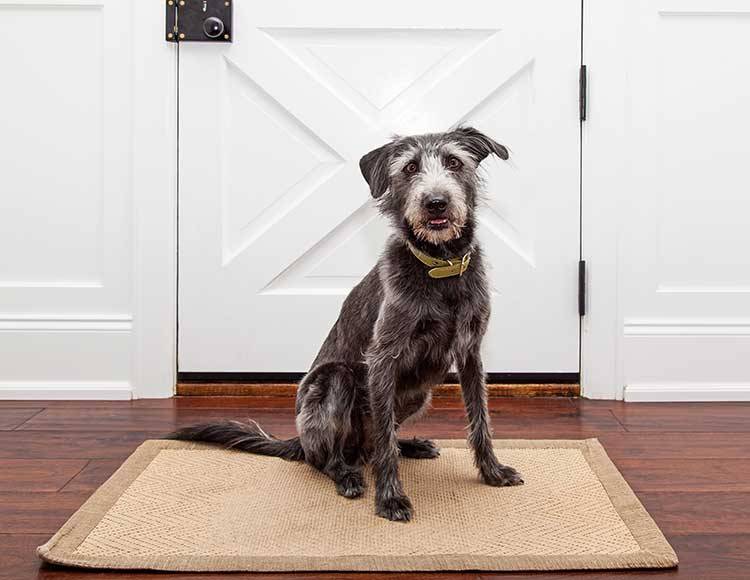A Look Into Permission-Based Dog Training
While researching scientific data to support another article, somehow I bumped into a dog trainer claiming that permission-based dog training works. As a professional dog trainer, I base my dog training methods on scientific research, which promotes force-free training methods.
Do know, I’ve been around the dog training block for two decades, and I’ve seen dog training fads and concepts come and go. In other words, I certainly have an opinion on this type of dog training. 🙂 Let’s explore the concept of permission-based dog training together.
What is Permission-Based Dog Training?
Permission-based dog training is marketing verbiage for promoting dominance-based dog training. Training a dog based on dominance involves verbal and physical corrections that promote permissive dog behavior. In a nutshell, a dog must ask for permission to eat, walk through a door, go outside, take a treat, bark, climb onto furniture or even urinate. That sounds like ego dog training to me.
Permission basically means a dog must be verbally released and perform a behavior (e.g. sit) or look at the pet owner before doing anything. This concept takes self-control exercises to an entirely different level. It creates dependence on humans. Teaching dogs self-control is important, but adding a layer of strong human dependence is wrong.
Does Permission-Based Dog Training Work?
No, permission-based dog training doesn’t work. Teaching dogs to rely on humans for “important” decisions molds a living being into a robot. Don’t get me wrong, dogs should learn polite manners, but training a dog to focus on his or her pet owner only is overkill.
Dogs are completely capable of learning how to behave politely in situations, and don’t need pet owners telling them what to do next. Teach a dog how to react, and then reinforce it when he or she chooses to respond politely. This is learning.
Take this example. A pet owner has a human aggressive dog. Permission-based dog training would entail the pet owner teaching his dog an “ignore” cue, which would signal to the dog to stop growling, barking or lunging at a person.
While it’s empowering to “call off a dog,” teaching this cue won’t benefit the dog. A better solution would be to teach the dog to ignore humans regardless of whoever is standing by. Even better would be to teach a dog that humans make treats appear and then the dog learns that good things happen around humans. (If you’re thinking this is bribery, it’s not. It’s counter conditioning and based on scientific data.)
Does It Teach Self-Control?
Permission-based dog training probably started off with self-control exercises in mind, but then took a slight detour. Dogs (and humans) must learn self-control; they should learn how to politely behave within their environment.
Teaching a dog to rely on humans for permission or answers is when teaching dogs self-control took a detour. Dogs are fully able to make good choices, especially when they’re rewarded for them. Teaching human dependence is a disservice to dogs. Instead, train your dog how to react politely regardless of the situation. In human terms, it’s like teaching a teenager to say no to drugs in all situations. Empower your dog to make good decisions in all situations and not just when you’re present.
Training a dog how to react politely in a situation, without human reliance, is powerful.





